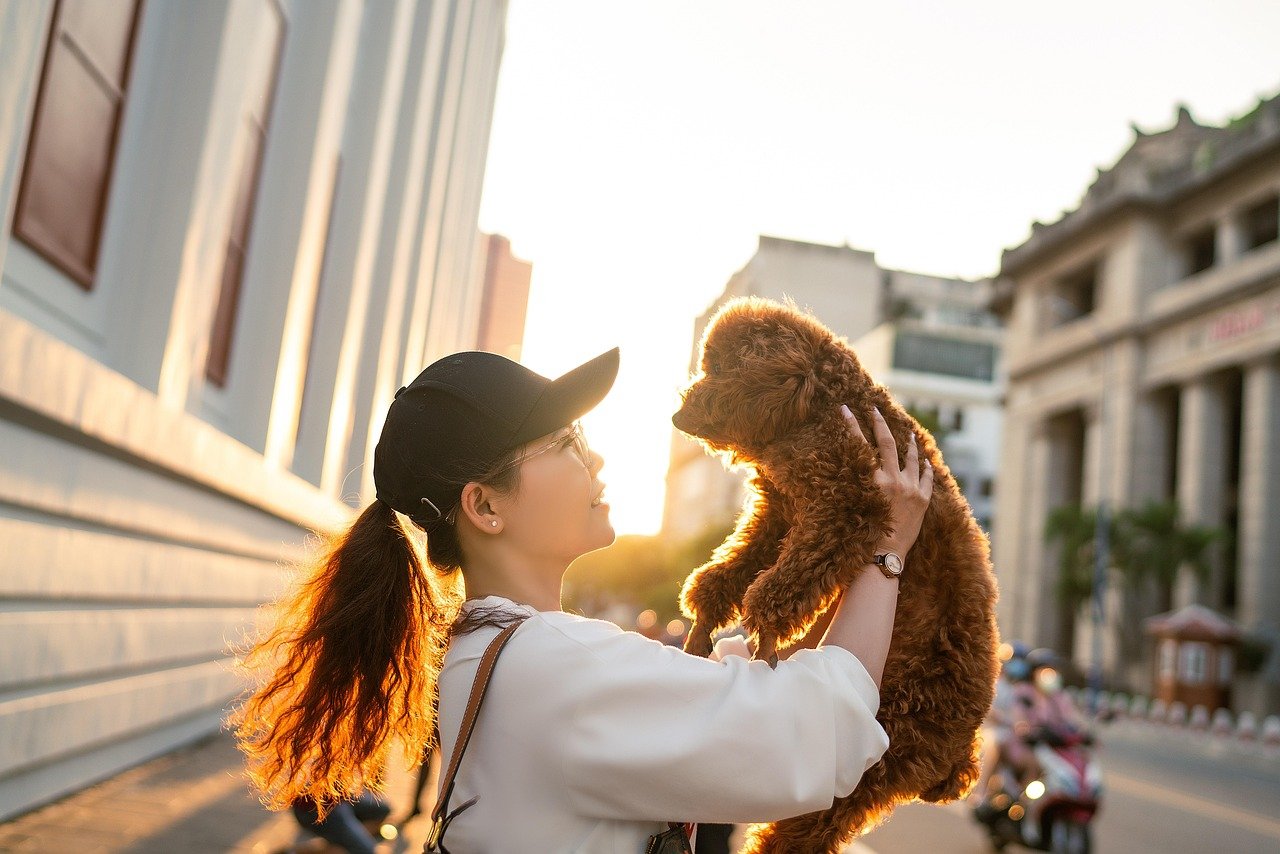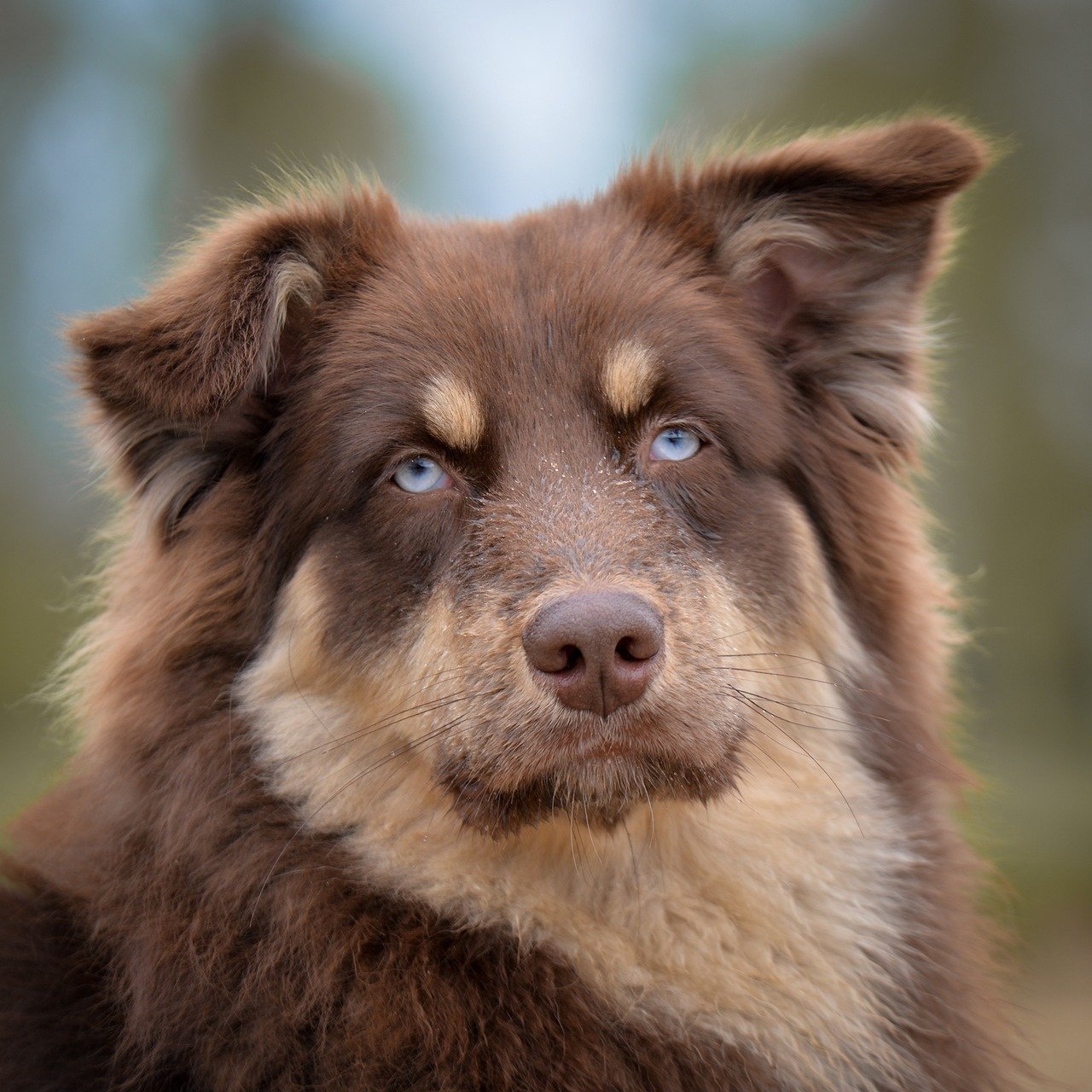Have you ever wondered if your dog really knows how you feel? The answer might surprise you. Dogs seem to have a sixth sense when it comes to their humans, picking up on the smallest hints of happiness, stress, or sadness. It’s almost magical—like having a furry best friend who can read your mind. But it isn’t magic at all. It’s science, instinct, and a whole lot of love. From the wag of your finger to the tone of your voice, dogs are experts at tuning into your emotional world. Let’s dive into the fascinating ways our canine companions sense what’s going on beneath the surface, and why they always seem to know when you need a little extra love.
Your Tone of Voice
One of the most obvious cues that dogs pick up from us is the tone of our voice. Even if they don’t understand every single word we say, they’re masters at catching the emotion behind it. A cheerful, high-pitched voice often gets tails wagging, while a sharp or low tone can make even the bravest pup tuck its tail. Dogs pay close attention to how we say things, not just what we say, which is why they often respond instantly to our moods.
If you come home from work feeling frustrated, your dog might sense it right away, even before you say a word. Speaking softly and gently can calm a nervous or anxious pup, while excited exclamations can spark energetic play. It’s almost like dogs have built-in mood detectors that are triggered by your vocal vibrations. This is why it’s so important to be mindful of how you speak around your furry friend—they really are listening to your heart as much as your words.
Facial Expressions
Dogs are surprisingly skilled at reading human faces. They watch our eyes, mouth, and even our eyebrows for clues about our mood. Studies have shown that dogs can distinguish between a smile and a frown, often reacting differently depending on what they see. If you’re smiling, your dog might mirror your happiness, wagging their tail or coming closer for a cuddle. On the other hand, a furrowed brow or tearful eyes may prompt your dog to offer comfort by nuzzling or resting their head in your lap.
What’s truly fascinating is that dogs don’t just react to the extremes of joy or sadness—they notice the subtle differences in our expressions, too. A slight grimace or raised eyebrow can signal to your dog that something is off. This close observation is a big reason why dogs are so attuned to our emotional ups and downs. They’re always watching, always learning, and always ready to respond with empathy.
Body Language

Body language speaks volumes to dogs, often louder than words ever could. Slumped shoulders, sluggish movements, or quick, sharp gestures can all signal different emotions. When you’re feeling down, your posture might change without you even realizing it—and your dog will notice. A slow walk or heavy sigh can trigger concern, making your dog stick a little closer than usual.
On the flip side, energetic body language—like bouncing steps or open arms—can excite your dog and put them in a playful mood. Dogs have an uncanny ability to mirror our movements, so when you’re lively and upbeat, they often respond with happy bounces and joyful spins. It’s as if your dog is a living, breathing reflection of your emotional state, always ready to match your energy or offer a quiet presence when you need it most.
Eye Contact

Making eye contact with your dog can create a powerful emotional connection. Dogs are one of the few animals that seek out eye contact with humans, and it’s more meaningful than you might think. Gentle, loving eye contact can release oxytocin—the “love hormone”—in both you and your dog. This can build trust and deepen your bond.
But eye contact can also communicate discomfort or tension. If you’re staring blankly into space or avoiding your dog’s gaze, they might sense that something’s wrong. On the other hand, prolonged, intense eye contact may make some dogs feel uneasy, especially if you’re upset. Dogs are constantly searching our eyes for clues about how we’re feeling, and they adjust their behavior based on what they see. It’s their way of checking in on you and making sure you’re okay.
Energy Levels

Have you ever noticed that your dog seems to match your energy, whether you’re bouncing off the walls or barely moving from the couch? Dogs are incredibly sensitive to our energy levels. If you’re feeling anxious or restless, your dog may become more alert and agitated, pacing around or whining. If you’re relaxed, they’re likely to curl up beside you and nap.
This sensitivity isn’t just about following your lead; it’s about emotional synchronization. Dogs evolved alongside humans, learning to read our energy as a way to survive and thrive together. When you’re feeling out of sorts, your dog’s mood may shift as well. Some dogs even act as emotional sponges, soaking up your stress or sadness and trying to comfort you. It’s an invisible connection that runs deeper than words.
Routine Changes
Dogs are creatures of habit, and they notice even the slightest changes in your daily routine. If you start waking up later, skipping walks, or coming home at odd hours, your dog will sense that something’s different. Often, these routine changes are linked to emotional shifts—stress at work, sadness, or excitement about a new chapter in life.
When your routine changes, your dog may react by being more clingy, acting out, or showing signs of confusion. They rely on consistency to feel secure, so any disruption can make them feel uneasy. At the same time, dogs often try to adapt to your new mood, offering extra affection or simply staying close. It’s their way of saying, “I see something is different. I’m here for you, no matter what.”
Physical Affection
Physical affection is a two-way street for dogs and their humans. When you’re feeling happy and affectionate, you’re more likely to pet, hug, or cuddle your dog, and they soak up every second of it. But when you’re stressed, sad, or distracted, you might pull away or offer fewer snuggles. Dogs notice this change immediately.
If you suddenly become less affectionate, your dog may try to get your attention by nudging you, bringing you a toy, or climbing onto your lap. They understand that touch is a powerful way to connect and comfort, so they often seek it out when they sense your mood has shifted. Conversely, if you shower your dog with extra love when you’re feeling down, they’re more than happy to return the favor, sometimes even more enthusiastically than usual.
Verbal Cues and Patterns
Dogs are experts at picking up verbal cues and patterns, even if they don’t know the meaning of every word. It’s not just about “sit” or “stay”—it’s about how you use your voice in daily life. Dogs quickly learn to recognize the words or phrases you use when you’re happy, like “good boy!” or “let’s go for a walk!” The excitement in your voice tells them everything they need to know.
But dogs are also tuned into the words and tones you use when you’re upset or frustrated. Repeated sighs, grumbles, or even silence can alert your dog that something’s off. They might respond by sitting quietly nearby, looking at you with concern, or even trying to make you smile with a goofy trick. It’s remarkable how closely they listen, always searching for clues about your mood.
Smell and Chemical Changes
Believe it or not, dogs can actually smell your emotions. When humans experience strong feelings like fear, happiness, or anxiety, our bodies produce subtle chemical changes that dogs can detect. Their sense of smell is up to 100,000 times more sensitive than ours, allowing them to pick up on these invisible cues.
For example, if you’re nervous or afraid, your body releases different hormones and pheromones that your dog can sense instantly. This is why some dogs become extra protective or clingy when you’re upset—they literally smell that something’s wrong. It’s like having your own, personal emotional weather station, always tuned in to the slightest storm on your horizon.
Silence and Withdrawal

Sometimes, our emotional state isn’t loud or obvious—it’s quiet and withdrawn. Dogs notice when you stop talking, moving, or engaging with the world around you. If you’re feeling overwhelmed and retreat into silence, your dog may react by staying close, watching you carefully, or gently nudging your hand. They seem to understand that sometimes the loudest cry for help is the one you never make.
This attentiveness is what makes dogs such incredible companions during tough times. They don’t need words to know when you’re struggling. They’ll simply sit by your side, offering silent support and unconditional love. It’s a gentle reminder that you’re never really alone, not when you have a dog who sees straight into your heart.

Born and bred in South Africa, a Capetonian at heart. Amy-Leigh’s love for nature and animals was inherited from her Dad. He loves taking the family on road trips to experience nature at its finest; Amy-Leigh’s favourite being whale watching in Hermanus and spotting Kudu along the West Coast. Amy-Leigh holds a BA in English Literature and Communication Studies.





